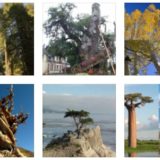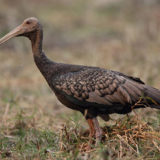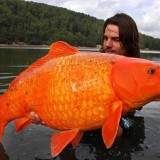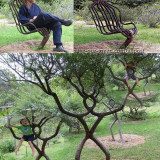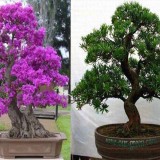Madagascar Island
Madagascar Island
Location: It is an island country located in the Indian Ocean of the South-eastern coast of Africa.
Description:
Madagascar is a biodiversity hotspot. It hosts a vast wildlife & large number of species that are found nowhere else on the world. Madagascar formally known as the Republic of Madagascar & previously known as the Malagasy Republic. Its main island also called Madagascar. The Madagascar island is over 1000 miles long & 350 miles wide with an area over 5,92,800 square km. It is the world`s strangest, yet highly threatened biodiversity. Its most prominent feature has to be the steep mountain range paralleling the entire eastern coast.
Climate:
The Madagascar`s climate is hot and subtropical but it is relatively colder in the mountain range. The climate of this island is dominated by the south eastern trade winds that originate in the Indian Ocean. Madagascar has two seasons, a hot, rainy season from November to April and a cooler, dry season from May to October. The wet season is also the hottest time of the year. During this time, daily temperature averages max 28 °C to min 17 °C. In the coolest time, the temperature ranges between 21 °C to 9 °C. It has the heaviest rainfall, averaging 3.5 meters annually. This island nation is notorious, not only for a hot, humid climate in which tropical fevers are endemic but also for the destructive cyclones that occur during the rainy season.
Flora and fauna:
Cut from the Africa mainland from million years ago this ecosystem is teeming with a stunning array of wildlife species, many of which are found nowhere else. Four out of five species of plants and animals found here are unique. It has more than 10,000 various types of plants which are being discovered on a daily basis. Madagascar is divided into seven geological areas for the classification of its flora.
These are-
1.The Rocky highlands including the western slopes,
2. The Western deciduous forests,
3. The Central grasslands,
4. The Southern spiny bush,
5. The Sambirano areas,
6. The Eastern and Central forests &
7. The Eastern evergreen forests.
These areas are truly blanketed with one of the richest collections of flora in the world, including more than thousands different types of orchids, more than 34 species of aloes, pitcher plants, Ravinala, 7 species of baobab, Periwinkle (anti-cancer), Cacti including Didiereaceae and Alluaudia, Pachypodiums, Lalonas, Bamboos, more than 100 species of ferns, more than 170 species of palms.
As a part of African continent, Madagascar has kept some of its living heritage. Its dwindling forest is a home to some unimaginable variety of animal life including half the world’s chameleon varieties, 300 species of butterflies, 28 kinds of bats, 150 types of frogs and 260 different reptiles, 32 species of primates and 201 species of birds which are all endemic to Madagascar. Some of the mammals are- lemurs, dwarf mouse lemurs, ring-tailed lemur, Sifaka, indri, brown lemurs, aye aye, civet, tenrecs. Reptiles like turtles, gecko, chameleon, skinks, lizards, snakes and also many species of frogs are found.
More than 300 species of birds have been noted on this island, including the marvelous vangas, the beautiful Crested Coua, the remarkably colourful Roller bird, over 70 different species of singing birds and parrots, an abundance of gorgeous waterfowl, including herons and flamingos and graceful birds of prey, such as the lightning-fast eagle and graceful falcon. The Madagascar island has no vultures, in opposite to Africa, may be because of the absence of great wild mammals in Madagascar. Three of the world’s most endangered birds of prey exist on Madagascar two of them only recently rediscovered by Peregrine Fund biologists after their absence for six decades the Madagascar Serpent-Eagle, Madagascar Red Owl and Madagascar Fish-Eagle.
Threats:
Madagascar beautiful biodiversity is found under danger now because of human activity from the first arrival of human nearly 2300 years ago. More than 90% of its original forest has been demolished owing to non scientific agriculture of its inhabitant , grazing and wild fire. Many charismatic species have become extinct, including the magnificent elephant bird due to illegal trading and hunting.
But today the island nation taken some initiative for saving its natural diversity by providing sanctuary for plants & animals. And therefore now so many spices that have been disappeared from other part of world, that can be seen here.




